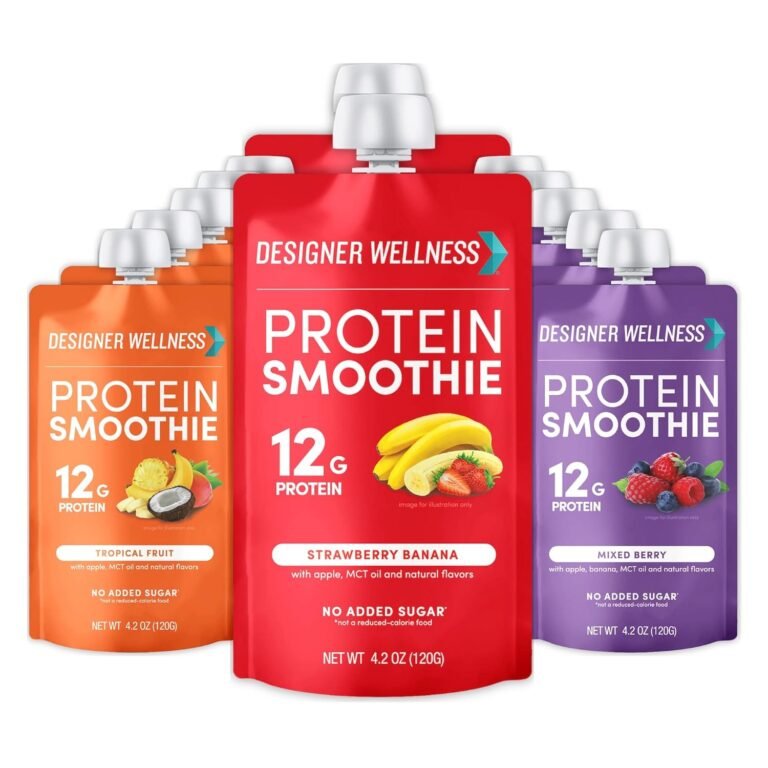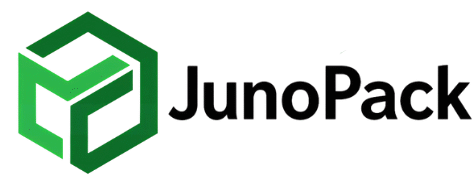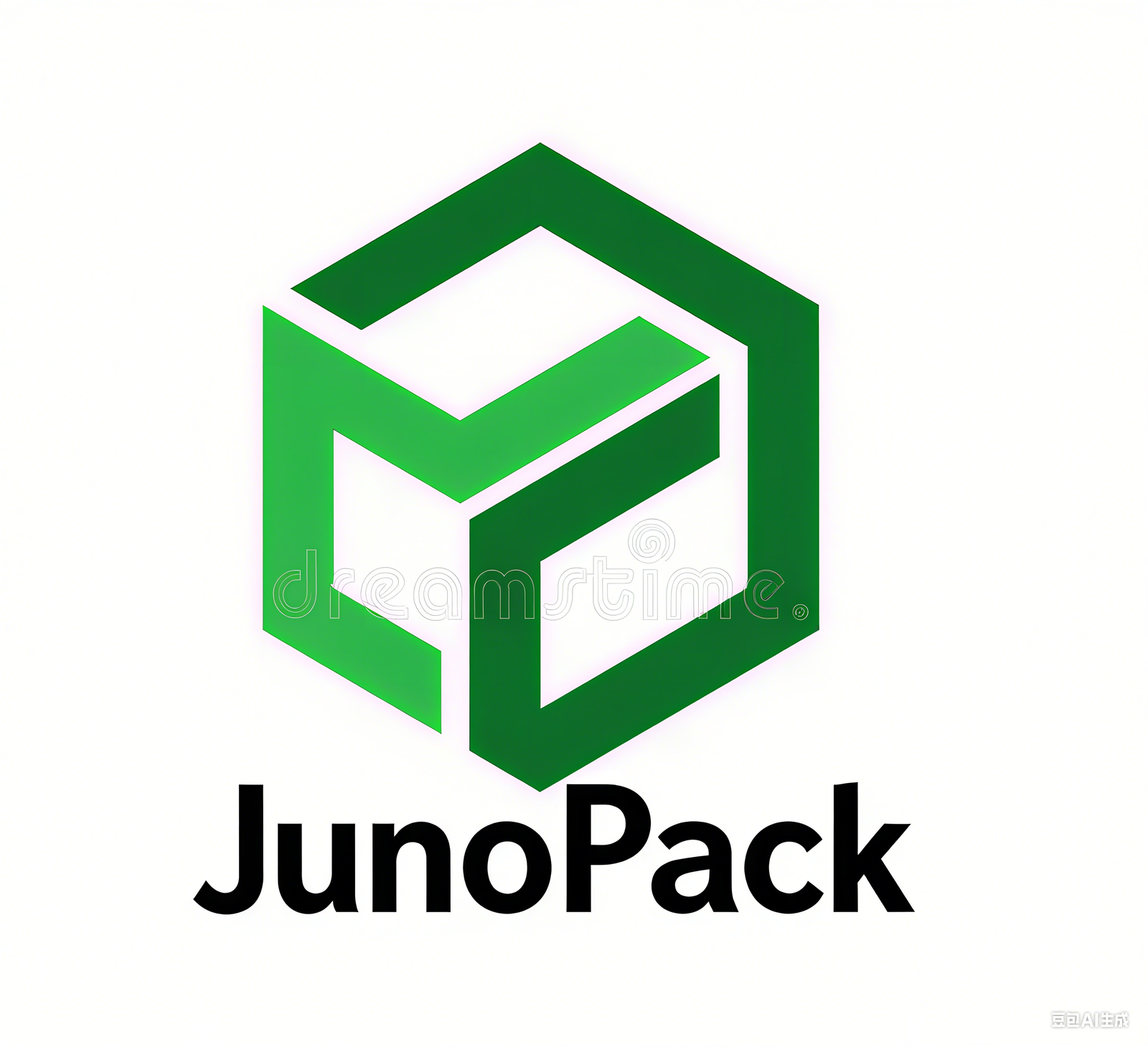Email : info@jonopackpro.com
The Growing Importance of Flexible Packaging in Global Trade

In today’s fast-paced and competitive marketplace, flexible packaging has become one of the most dynamic segments of the packaging industry. As global brands and businesses continue to expand into new markets, the demand for packaging solutions that are lightweight, durable, sustainable, and cost-efficient has never been greater. Flexible packaging meets these needs, making it an essential choice for manufacturers, distributors, and retailers across industries.
What is Flexible Packaging?
Flexible packaging refers to any package or part of a package that can change shape when filled or used. Unlike rigid packaging, it is made from easily shaped materials such as plastic films, aluminum foil, kraft paper, or laminated composites. Examples include stand-up pouches, roll films, vacuum bags, food-grade bags, shrink wraps, and laminated packaging films.
Because of its versatility, flexible packaging is widely applied in food and beverages, pharmaceuticals, personal care, logistics, e-commerce, and industrial packaging.
Key Advantages of Flexible Packaging
-
Lightweight and Cost-Efficient
Flexible packaging is much lighter than rigid alternatives such as glass jars or metal cans. Lower material usage means reduced transportation costs and improved supply chain efficiency. For exporters and importers, this translates into significant savings on freight charges. -
Extended Shelf Life
With advanced barrier properties, such as oxygen and moisture resistance, laminated flexible packaging helps protect products from contamination and spoilage. This is especially critical for perishable goods like coffee, snacks, and ready-to-eat meals. -
Sustainability and Eco-Friendly Options
Today, more businesses are shifting to eco-friendly flexible packaging, such as recyclable kraft paper pouches, biodegradable films, and compostable packaging materials. These solutions help brands align with global sustainability goals while appealing to environmentally conscious consumers. -
High-Quality Printing and Branding
Flexible packaging allows for custom printing, offering brands vibrant colors, clear product information, and strong shelf appeal. With options like matte finishes, metallic effects, and transparent windows, businesses can achieve premium branding at competitive costs. -
Versatility and Convenience
From resealable zipper pouches to tear-strip packaging films, flexible packaging provides user-friendly features that improve the consumer experience while reducing waste.
Flexible Packaging in International Trade
In the context of foreign trade, flexible packaging offers distinct advantages:
-
Lower shipping costs: Because of its compact design, more units can be packed per pallet or container.
-
Global demand growth: According to industry reports, the global market for flexible packaging is expected to grow steadily due to rising e-commerce, food delivery services, and increasing demand in emerging economies.
-
Adaptability for multiple sectors: Exporters can cater to various industries, including food & beverage, pharmaceuticals, cosmetics, and industrial goods.
For international buyers, flexible packaging provides not just protection for goods, but also a competitive edge in pricing, branding, and sustainability.
Trends Shaping the Future of Flexible Packaging
-
Recyclable and Biodegradable Materials
Governments and retailers worldwide are imposing stricter regulations on single-use plastics. As a result, demand for recyclable flexible packaging and biodegradable packaging films is rising. -
Smart Packaging Technology
With innovations such as QR codes, NFC tags, and tamper-evident seals, flexible packaging is evolving into a smart marketing and security tool. -
E-commerce Driven Growth
The boom in online shopping and cross-border trade has accelerated the need for protective yet lightweight packaging solutions. Air cushion roll films, honeycomb paper wraps, and paper mailer bags are increasingly used in international shipping. -
Customization and Short-Run Printing
Digital printing allows suppliers to produce custom flexible packaging in smaller quantities, helping businesses launch limited editions or region-specific products more efficiently.
Choosing a Reliable Flexible Packaging Supplier
When sourcing flexible packaging from global suppliers, businesses should evaluate:
-
Material quality and certifications (e.g., food-grade, FDA, ISO, FSC).
-
Sustainability options (recyclable films, paper-based packaging, compostable materials).
-
Production capacity and lead time (to ensure stable supply in large volumes).
-
Customization capabilities (printing, sizes, finishes).
-
Competitive pricing and trade terms (FOB, CIF, payment flexibility).
At Junopack, we specialize in manufacturing and exporting a wide range of flexible packaging solutions including roll films, stand-up pouches, honeycomb paper, and disposable food containers. Our products are designed to provide durability, sustainability, and cost savings for businesses in Europe, the U.S., Japan, Korea, and Southeast Asia.
Final Thoughts
The packaging industry is evolving rapidly, and flexible packaging is at the center of this transformation. With its cost efficiency, sustainability benefits, and ability to meet global trade requirements, it has become the preferred packaging solution for companies seeking growth in international markets.
By choosing innovative and eco-friendly flexible packaging solutions, businesses can not only protect their products but also strengthen their brand image and meet the demands of modern consumers.

